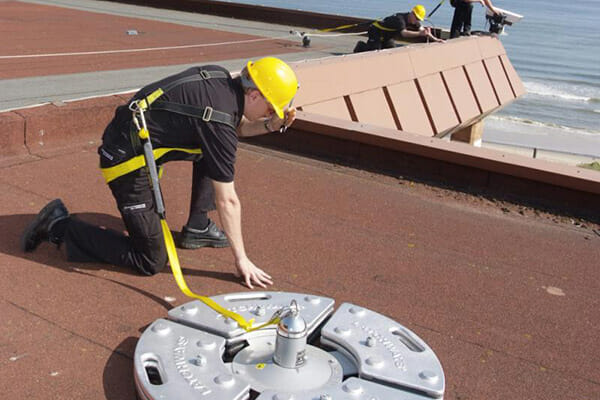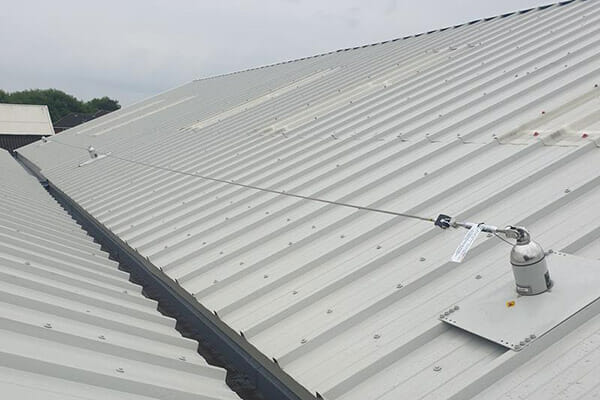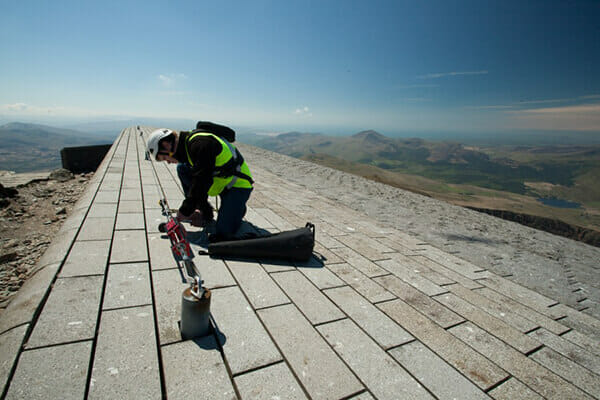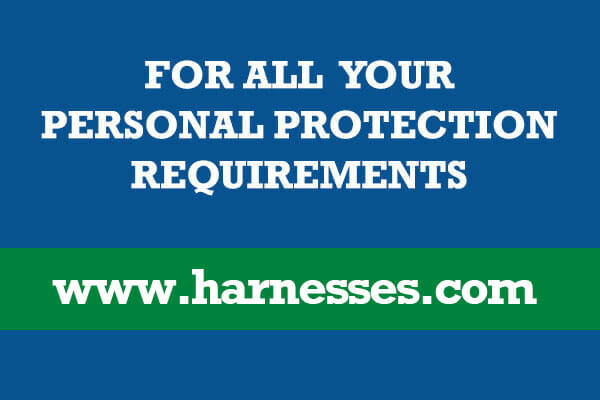🇬🇧 UK & European Fall Protection Requirements.
A clear overview of key legal obligations and safety standards across the UK and selected European countries.
🇬🇧 United Kingdom – Legal Requirements.
Working at Height Regulations 2005 (WAHR).
The Working at Height Regulations are the primary UK legislation governing any work where there is a risk of a fall liable to cause injury.
They apply to all workplaces and require employers to:
- avoid working at height where possible
- prevent falls where work at height cannot be avoided
- minimise the consequences of a fall where the risk cannot be eliminated
- ensure equipment is inspected, suitable, and properly maintained
- ensure workers are competent and trained
Full guidance: www.hse.gov.uk
Construction (Design and Management) Regulations 2007 (CDM).
CDM places duties on everyone involved in a construction project, including:
- clients
- designers
- principal contractors
- contractors
- planning supervisors (pre-2007 terminology)
Key requirements
Designers must, so far as is reasonably practicable, avoid or reduce risks related to:
-
construction activities
-
maintenance and cleaning
-
using the structure as a workplace
-
demolition or dismantling
-
people who may be affected by these activities
The 2007 update unified earlier regulations and strengthened the duty of designers and architects to eliminate hazards at the design stage.
HSG33 – Health and Safety in Roof Work.
HSG33 provides practical guidance for safe roof work in:
- new construction
- repair and maintenance
- cleaning
- refurbishment
- demolition
It includes advice on planning, equipment selection, safe access, fragile surfaces, and fall protection.
Available from: books.hse.gov.uk
🇪🇺 European Requirements (Selected Countries).
Below is an overview of relevant fall-protection legislation across several EU member states.
🇫🇷 France.
Decree 65-48 (modified by Decree 95-608)
Requires fall protection when workers are exposed to a fall of 3 metres or more.
Code du Travail – Article L230-3
Employers must take all necessary measures to ensure safety and protect the health of employees.
🇳🇱 Netherlands (Holland).
Key regulatory requirements include:
- Arbowet Article 5 – mandatory Risk Inventory & Evaluation (RI&E)
- Arbobeleidsregels 3.16 – requirements for work above 2.5 metres
- Arbeidsomstandighedenbesluit Article 2.29 – duties of designers and application of best available techniques
- Arbobesluit for Construction Articles 2.6 and 2.31 – duties of clients and project originators
These rules emphasise risk assessment, design-stage prevention, and safe working practices at height.
🇪🇸 Spain.
Royal Decree 2177/2004
Key fall-protection requirements include:
- 4.1.3 – Rope-access systems allowed only when a risk assessment shows the work can be carried out safely and no safer alternative is justified.
- 4.1.4 – Fall arrest systems must be installed where necessary.
- 4.2.3 – Work above 3.5 metres requiring movements that affect stability must use personal fall arrest systems or alternative fall arrest equipment.
Labour Risk Prevention Law – 31/1995
Requires employers to guarantee worker health and safety, with updates in Law 54/2003.
Royal Decree 773/1997
Minimum safety requirements for the use of PPE at work.
Royal Decree 1215/1997
Minimum requirements for work equipment used by employees.
NTP 448
Guidelines for working on light or fragile roofing materials.
Summary.
Across the UK and Europe, fall-protection law is built on three universal principles:
- Avoid working at height whenever possible
- Use collective protection before personal protection
- Where PPE is required, ensure correct equipment, competence, and regular inspection
Despite differences between countries, the underlying approach is the same:
identify risks, prevent falls where possible, protect workers when prevention is not feasible, and ensure ongoing maintenance and compliance.





